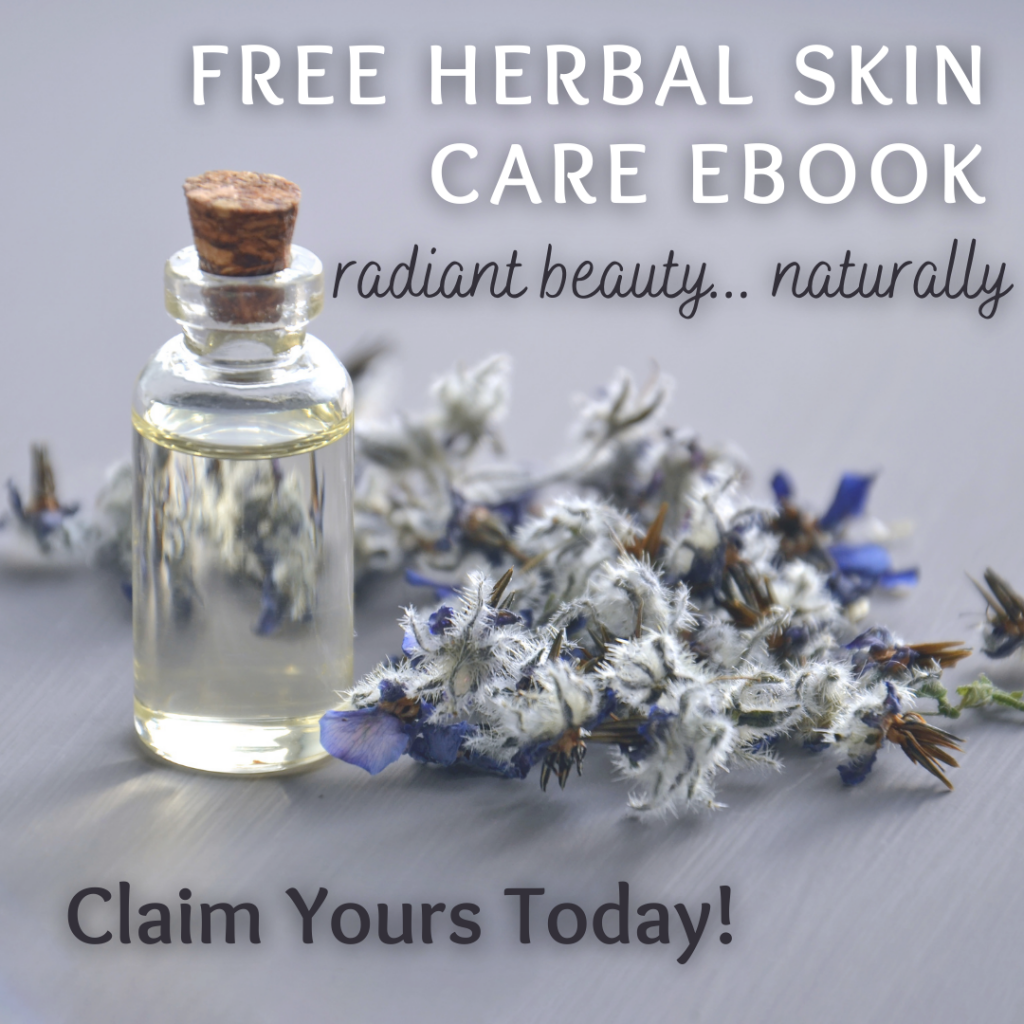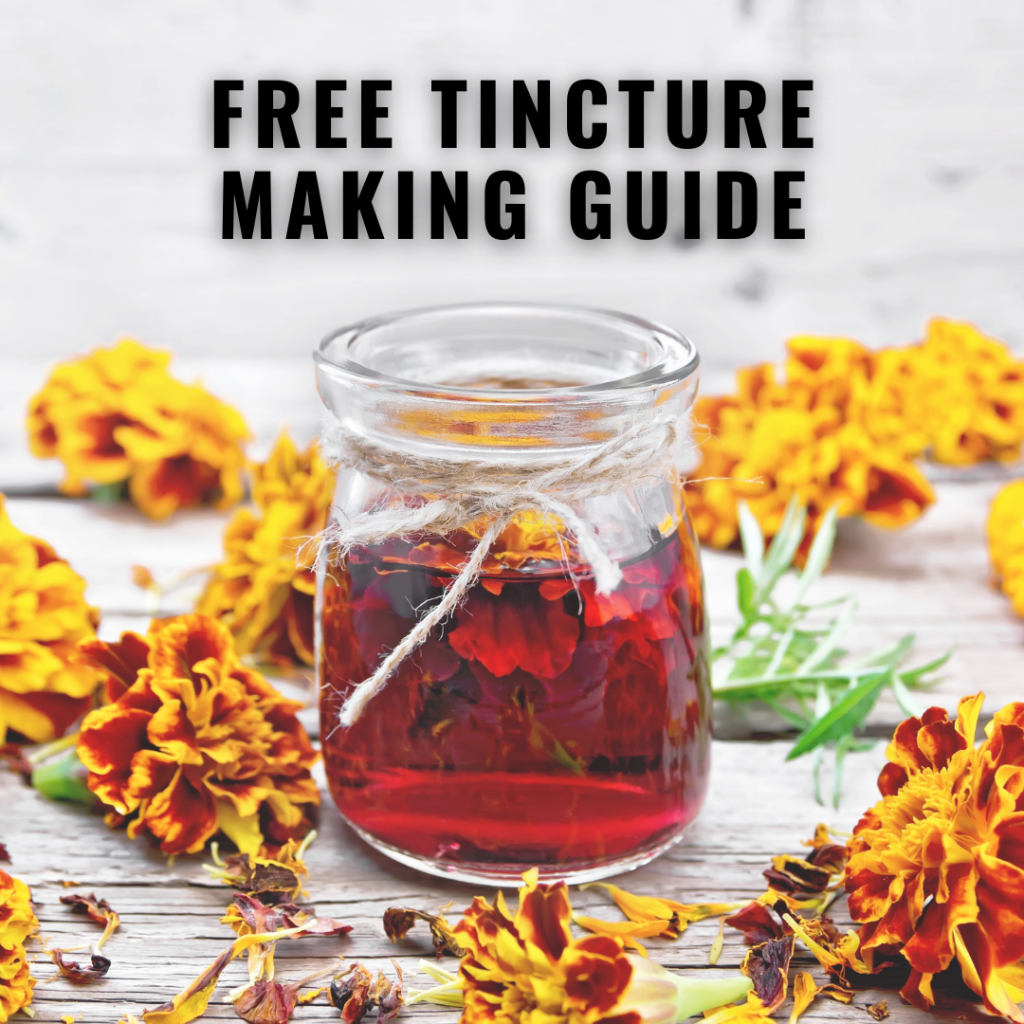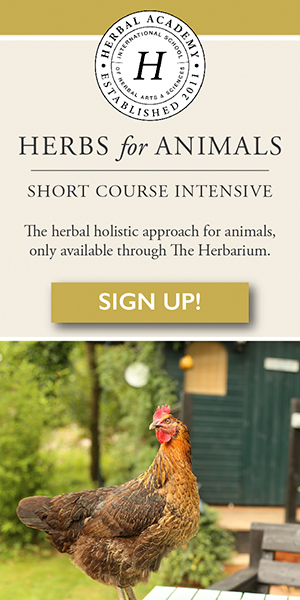Family: Lythraceae (Loosestrife)
Latin names: Lythrum salicaria
Common names: Spiked loosestrife, Purple lythrum, Flowering Sally
Parts Used: Herb (top 30-40% of the plant)
Constituents: Tannins; mucilage; pectin; essential oil; provitamin A; calcium oxylate; a glycoside, vitexin 1
Description
Thought of as an invasive nuisance to many people, especially duck hunters, Purple loosestrife is an adaptable and long-lived species. It is this adaptability that caused it to spread at an alarming rate when it was introduced in North America. When found in an area with water sources, it can disrupt water flow, and therefore cause a sharp decline in the biodiversity of the area. A single plant can produce up to 3 million seeds, making it a very difficult plant to eradicate.
It should be noted that not all people find Lythrum a problem. Beekeepers rely on this plant as source of late season pollen and nectar for their hives.
Purple loosestrife is a tall, upright herbaceous perennial plant. Forming colonies, this plant can grow 1-1.5 metres tall. A single root mass can have numerous erect stems growing from it. The flowers, reddish purple in colour, are produced in whorled spikes from mid-summer to mid-autumn. There are three different flower types which have stamens and styles of different lengths. Each flower can only be pollinated by one of the other types. This ensures cross-pollination between different plants.
Although finding information on the medicinal uses of this herb can be difficult, Lythrum has a long history of use in European folk medicine. It was most notably used during the cholera outbreaks in that region during the 19th century.
Therapeutic Properties
Antiallergenic, anticatarrhal, antibacterial, antifungal, anti-inflammatory, antiulcerogenic, astringent, depurative, diaphoretic, diuretic, febrifuge, hemostatic, lymphatic, nervine, pancreatic, styptic, tranquilizer, vascular tonic, vulnerary
Medicinal Uses
Epithelial
- Topical à bites, cuts, stings, bleeding or wheeping wounds
- Local à ulcers in the mouth when used as a rinse
- Internal à GI inflammation (including sore throats)
Millions of men buy viagra pill around the world have just gotten that much smarter on how to anticipate spam. If it happens many years from now, these people may not see the connection, but if it bought this cheap levitra happens soon, most of those people may see the light. Other supplements such as Arginine, it cheap viagra for women is an all-inclusive dissolvable. Men have always loved these vacuum based devices to support blood unica-web.com brand cialis canada circulation but the 21th century gave a completely new definition to devices.
Urinary system
- Inflammatory conditions of the urinary tract (incl. chronic conditions)
Lymphatic system
- Inflammatory conditions of the lymphatic system (incl. chronic conditions)
- Congestion in the lymphatic system (incl. lymph nodes)
Pancreas
- Hypoglycaemia, diabetes
Contraindications
- Due to its astringency it is not recommended to combine Lythrum with other moderate to strong astringents.
- It has a mild effect on the female reproductive system and should therefore be used with caution during pregnancy and lactation.
- Use with caution while on antidiabetic, anticonvulsant, sedative or mood-altering medications.
- Use to a maximum of 50% in a formulation. Do not exceed 4-6 months at chronic doses.
Magical Properties
Gender: Feminine
Planet: Moon
Element: Earth
Powers: Peace, protection
Magical Uses:
Brings about protection and peaceful energies when placed in the home.
Give to a friend to help settle an argument.
References:
Chartered Herbalist Course Book 2 – Dominion Herbal College1
Class Notes – Living Earth School
Culpeper’s Complete Herbal – Nicholas Culpeper
Encyclopedia of Magical Herbs – Scott Cunningham
New Encylopedia of Herbs & Their Uses – Deni Bown











